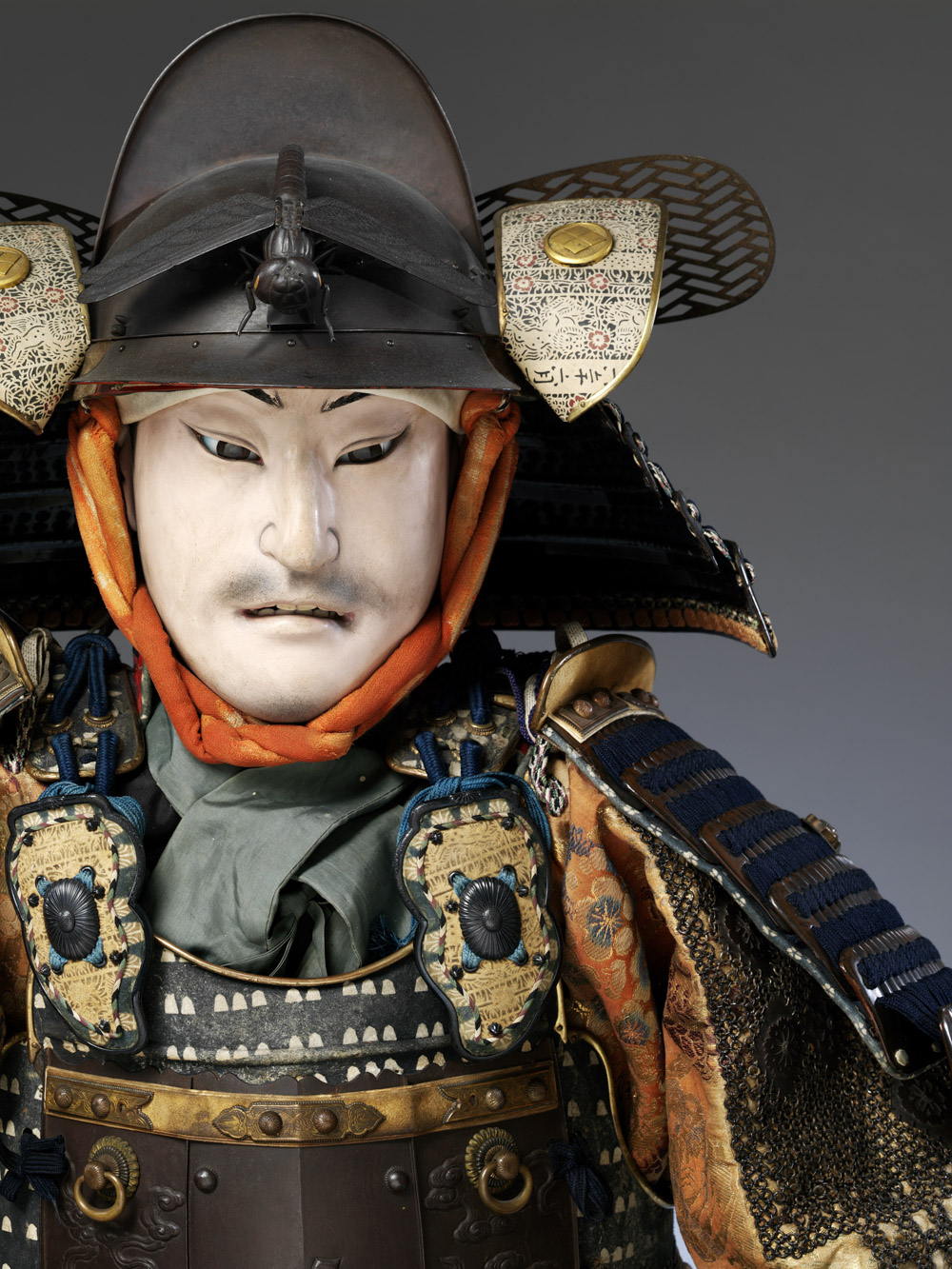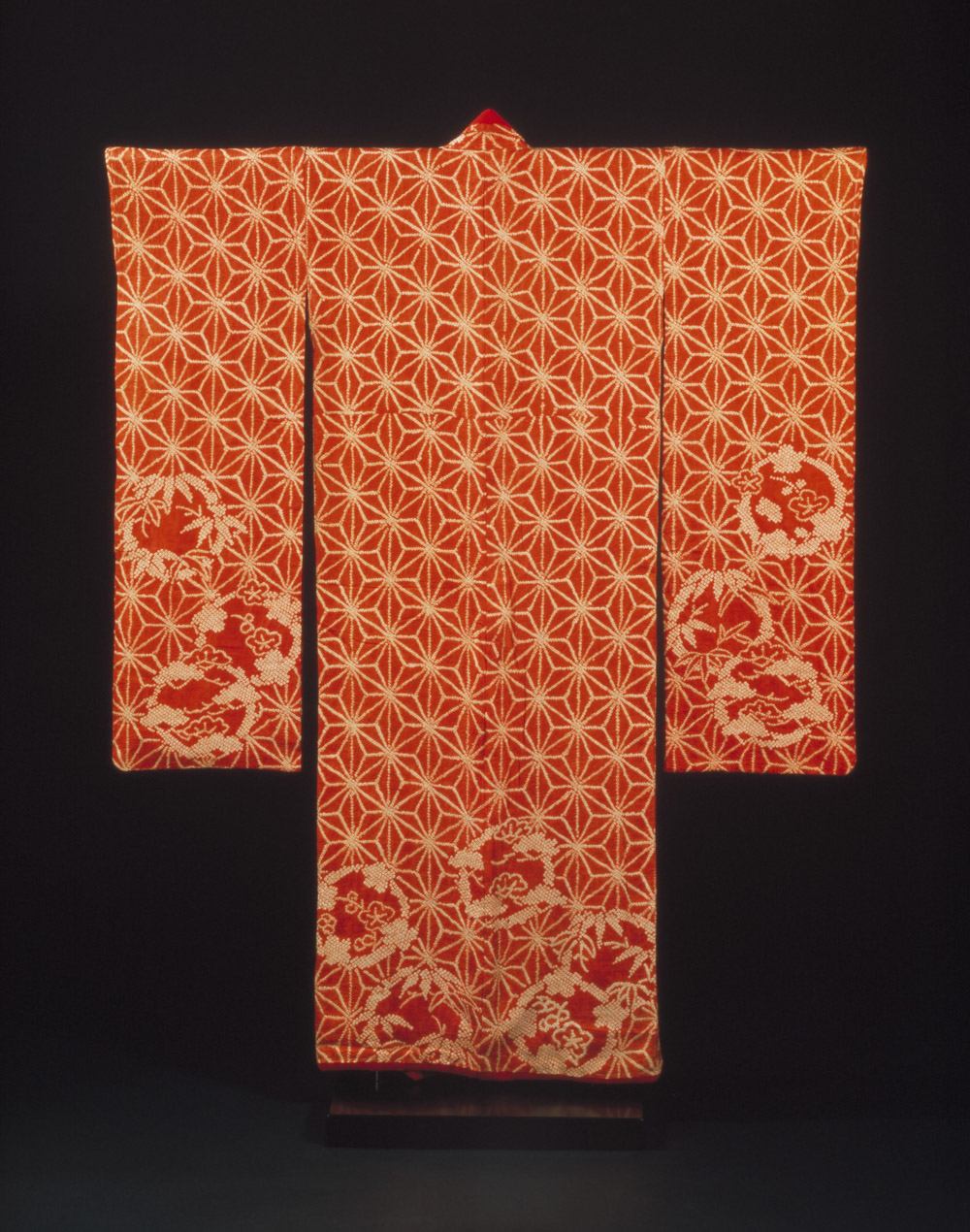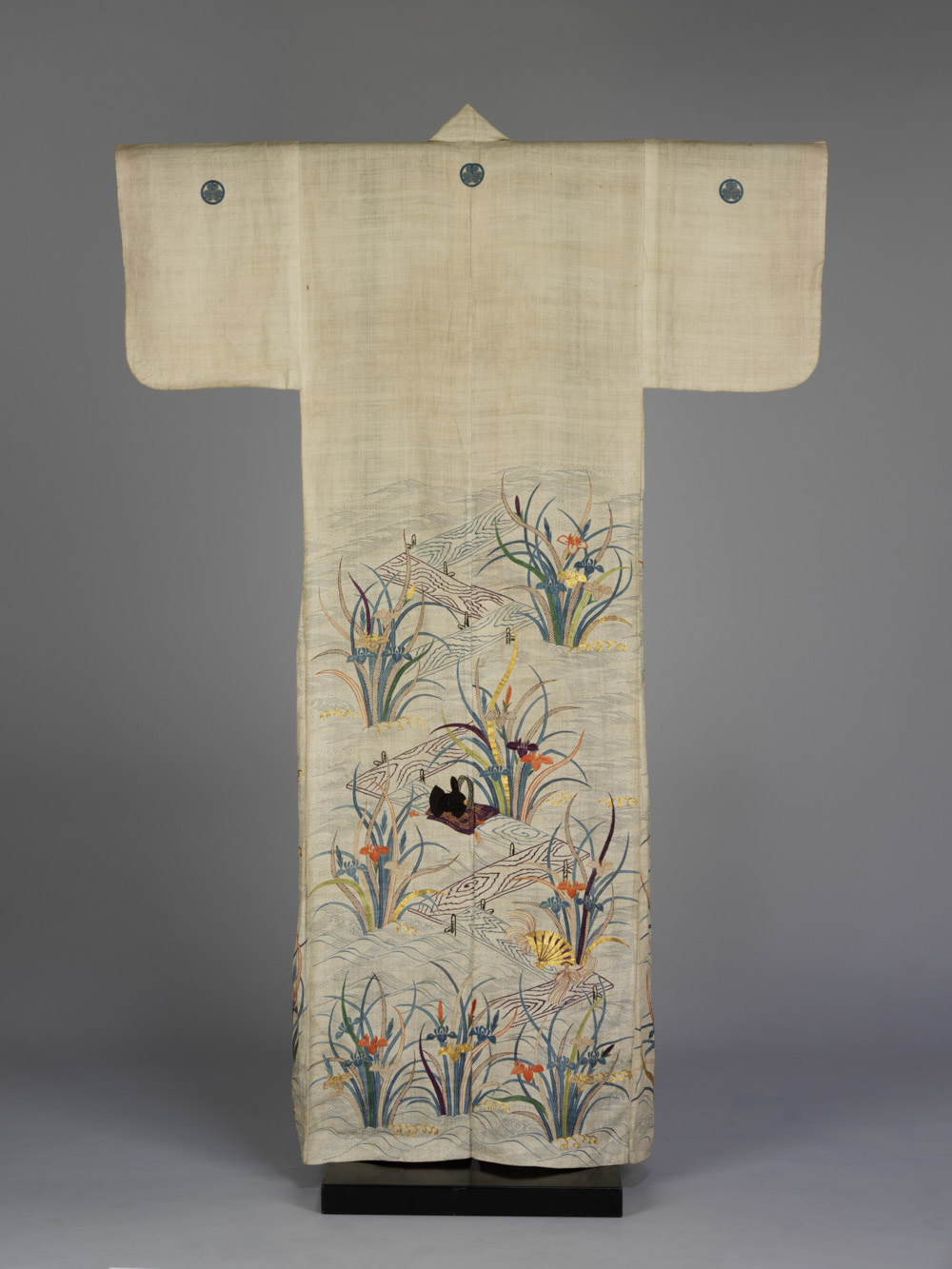Toshiba Gallery of Japanese Art Reopens at the V&A

Figure of a samurai dressed in armour, suit of armour about 1800; figure and stool about 1860. The life-size figure with its highly realistic features is known as an iki-ningyō (living doll). These figures were used both in Japan and at international exhibitions abroad, particularly in the late 19th century, where they featured in dioramas depicting Japanese daily life and scenes from the historical past.
The Toshiba Gallery of Japanese Art opened in 1986. It was designed to showcase highlights of the V&A’s internationally important collection of Japanese art and design, and led the way for museum exhibitions to receive corporate sponsorship. It reopens on Wednesday 4th November 2015 following refurbishment and a renewal of sponsorship from Toshiba, who will continue to support the permanent exhibition for the next decade.
Thirty recent acquisitions are amongst the 550 works on show. Textiles feature in several of the restored display cases under the themes of samurai, theatre and performance, fashionable dress, folk craft and modern and contemporary, thus demonstrating the great variety of accomplished decorative textile techniques that have been developed in Japan and assimilated into its cultural practices.

Kimono, red shibori-dyed, Japan, 1790-1830 (c) Victoria and Albert Museum, London. The long swinging sleeves (furisode) indicate that it was worn by a young woman, probably the daughter of a wealthy merchant.
Two rich golden ceremonial Buddhist kesa robes of figured silk demonstrate the act of stitching patchwork as a devotional pursuit. One is made up of fabric from the costumes of a Nō theatre troupe, woven 1580 – 1620. A Meisen kimono features with a variety of other types from the 19th and 20th centuries and Edo-period ceremonial armour. A dynamic 19th-century futon cover, likely from a bride’s trousseau, and two contemporary pieces by Matsubara Yoshichi and Fukumoto Shihoko represent the art of indigo dyeing. New short videos are also on show, including two demonstrating how to put on a kimono and how to dress in a suit of armour with illustrations from a 19th-century edition of ‘The Illustrated Essential Horseman’ by Murai Masahiro (active 1729 – 54).

Summer kimono for a woman (katabira), ramie with freehand paste-resist dyeing (yūzen) and stencilled imitation tie-dyeing (suri-hitta); embroidery in silk and metal-wrapped threads, 1800 – 1840. Tokugowa crests (mon) across the shoulders show the garment belonged to a member of the ruling elite. The motifs relate to a passage from the 10th-century ‘Tales of Ise’.
Martin Roth, director of the V&A, said of the reopening: “In the many years since the V&A made its first Japanese acquisition, the collection of Japanese art at the V&A has developed into one of the most significant in the world. The fascination for Japanese culture, both historic and contemporary, is as strong today as it was in the late 19th century… The Museum continues to develop its relationship with Japan and we hope the refurbished gallery will bring the rich artistic heritage and contemporary culture of the country to new audiences.”

Outer kimono (uchikake), satin silk with appliqué and embroidery, 1870–90. Scenes from two well-known plays feature. The garment may have been worn by a Kabuki actor, but decorative themes on stage costumes were not usually so literal and may instead have belonged to a high-ranking courtesan. The enjoyments of the theatre and the brothel were closely linked during the Edo period (1615 – 1868), being at the heart of the ‘floating world’ of transient excitement and pleasure.























Comments [0] Sign in to comment